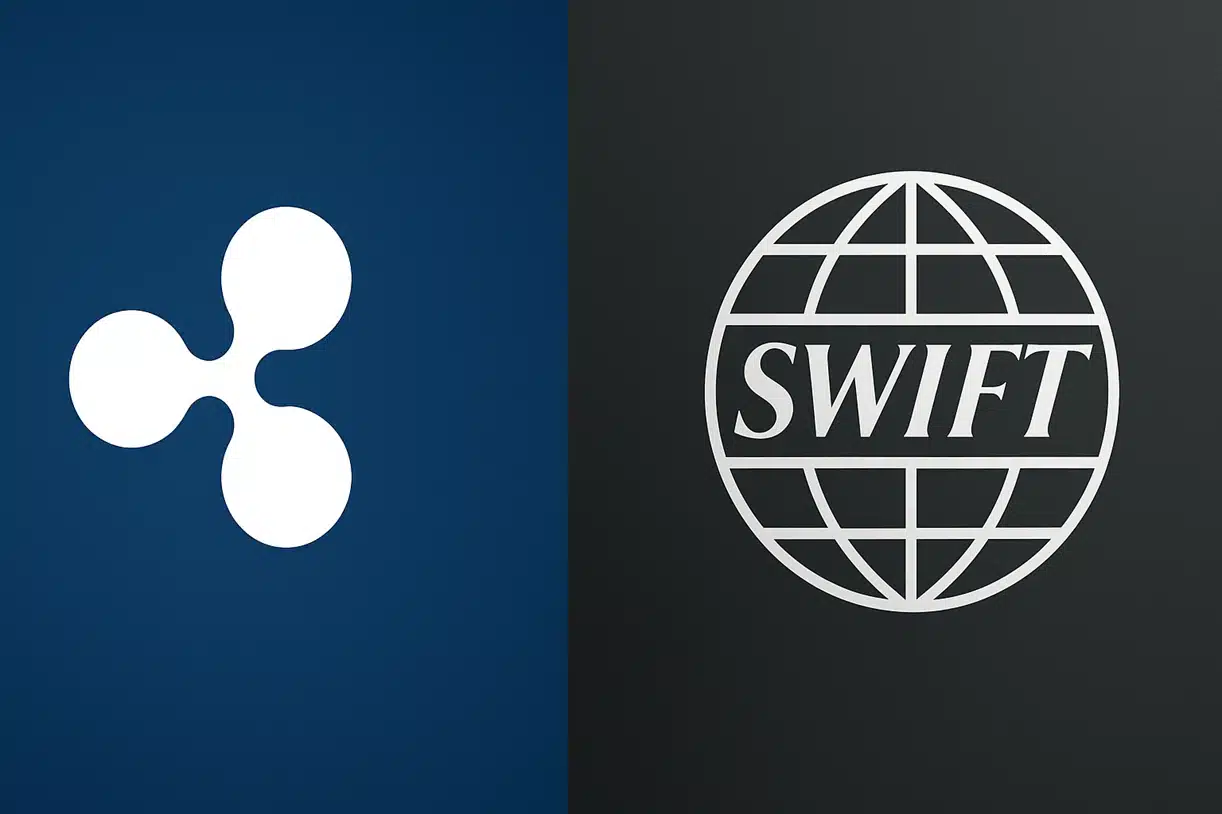- Morgan Stanley says XRP could cut cross-border payment costs by up to 60%.
- Analysts suggest a Ripple-backed ETF could bring up to $1 trillion in liquidity, boosting institutional adoption.
- With Ripple’s SEC battle resolved and partnerships expanding, XRP is positioned to compete with SWIFT for global payments infrastructure.
Investment bank Morgan Stanley has placed Ripple’s cryptocurrency, XRP, at the forefront of the cross-border payments discussion. In its latest analysis, the firm argued that the XRP Ledger has the potential to cut processing expenses for banks by as much as 60% while also releasing capital that is often locked in pre-funded accounts.
If adopted widely as a bridge currency, Morgan Stanley believes XRP could alter the way institutions move money across borders.
The analysts went further, suggesting that the launch of a Ripple-backed exchange-traded fund (ETF) could inject up to one trillion dollars of liquidity into the market. Such an inflow would increase trading volumes and elevate XRP into the same category as traditional assets that are already popular with institutional investors.
Ripple’s Vision of Capturing Market Share
Ripple’s leadership has been equally bold in its outlook. Chief Executive Officer Brad Garlinghouse recently projected that XRP could secure as much as 14% of SWIFT’s global transaction volume within five years.
Also Read: Grayscale’s Multi-Crypto Exchange-Traded Product Gets SEC Approval
Given that SWIFT currently facilitates more than $150 trillion in annual payments, even a fraction of that market would mark a milestone in cryptocurrency adoption.
Garlinghouse emphasized that the efficiency gains come from reducing the reliance on nostro and vostro accounts, pre-funded accounts that banks traditionally maintain to enable smooth cross-border transfers. By using XRP as an intermediary asset, institutions could lower costs while also improving liquidity management.
Institutional Interest and Regulatory Momentum
The renewed conversation around XRP comes on the heels of regulatory clarity in the United States, where the court battle between Ripple and the SEC finally ended. This decision has encouraged banks and institutions to reconsider how the token might be integrated into their operations.
In fact, 36crypto recently reported that Ripple partnered with Franklin Templeton and DBS Bank to introduce advanced trading and lending solutions.
Meanwhile, the XRP Ledger continues to draw attention for its speed and affordability. Transactions can be completed in just seconds with minimal fees, a stark contrast to the slower settlement times and higher costs still associated with legacy systems such as SWIFT.
At the same time, SWIFT itself is experimenting with blockchain technology, conducting pilot projects to evaluate whether distributed ledgers can be incorporated into its framework. This suggests that Ripple is not alone in trying to modernize global payments, but it is clearly among the leading challengers.
Outlook for XRP
If Ripple succeeds in attracting institutional adoption and the possibility of an ETF materializes, XRP could move from being primarily a retail-traded cryptocurrency to becoming a foundational utility for international finance.
The coming months, which include several pending ETF decisions and ongoing trials of blockchain in payments, are expected to be critical in determining whether XRP’s potential translates into lasting market impact.
Also Read: Breaking: CME Group Unveils Solana and XRP Options

